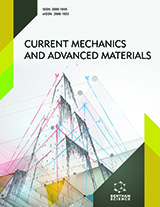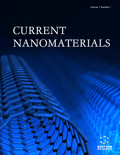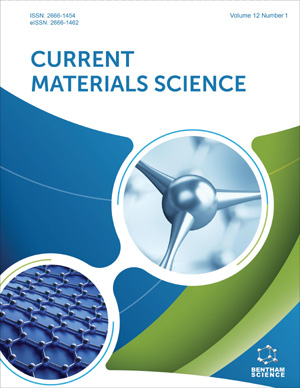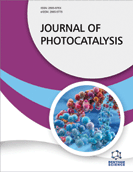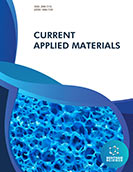Abstract
Background: In the space environment, microgravity and vacuum influence the mechanical behaviors of the devices. In the microgravity environment, the mechanical components vibrate with a small amplitude once there is a disturbance. The vibration can be seen as a reciprocating sliding contact with a small amplitude. In addition to the vibration, adhesion effects are predominant in a vacuum, which will induce a high friction force.
Objective: To reduce the friction force, textured surfaces are widely used in mechanical engineering on the earth, and nanoscale textures are also verified to be used to improve the frictional behaviors of components in the size of nanometers.
Methods: In this paper, the adhesion effects are considered by using molecular dynamics (MD) simulation, and the microgravity induced vibration is simplified as a reciprocating sliding contact. Coupling MD simulation and the finite element method which is a multiscale method are used to investigate the frictional properties of nanoscale reciprocating sliding contact between rigid multiasperity tips and an isosceles trapezoid textured surface.
Results: Average friction forces for the different tips are presented, and the friction processes are analyzed. A stable friction process is discovered for a specific case, and the average friction force is kept at two stable values corresponding to two sliding directions.
Conclusion: Compared with the total average friction forces of a smooth surface, the textured surface can reduce the friction forces greatly. This work could contribute to the textured surface design to improve frictional properties in the space environment.
Keywords: Frictional property, multi-asperity, reciprocating sliding contact, space environment, textured surface, vibration
Graphical Abstract
Current Mechanics and Advanced Materials
Title:Nanoscale Reciprocating Sliding Contact Behaviors of an Isosceles Trapezoid Textured Surface in Space Environment
Volume: 1
Author(s): Ruiting Tong*, Zefen Quan and Geng Liu
Affiliation:
- Shaanxi Engineering Laboratory for Transmissions and Controls, Northwestern Polytechnical University, 710072 Xi’an,China
Keywords: Frictional property, multi-asperity, reciprocating sliding contact, space environment, textured surface, vibration
Abstract: Background: In the space environment, microgravity and vacuum influence the mechanical behaviors of the devices. In the microgravity environment, the mechanical components vibrate with a small amplitude once there is a disturbance. The vibration can be seen as a reciprocating sliding contact with a small amplitude. In addition to the vibration, adhesion effects are predominant in a vacuum, which will induce a high friction force.
Objective: To reduce the friction force, textured surfaces are widely used in mechanical engineering on the earth, and nanoscale textures are also verified to be used to improve the frictional behaviors of components in the size of nanometers.
Methods: In this paper, the adhesion effects are considered by using molecular dynamics (MD) simulation, and the microgravity induced vibration is simplified as a reciprocating sliding contact. Coupling MD simulation and the finite element method which is a multiscale method are used to investigate the frictional properties of nanoscale reciprocating sliding contact between rigid multiasperity tips and an isosceles trapezoid textured surface.
Results: Average friction forces for the different tips are presented, and the friction processes are analyzed. A stable friction process is discovered for a specific case, and the average friction force is kept at two stable values corresponding to two sliding directions.
Conclusion: Compared with the total average friction forces of a smooth surface, the textured surface can reduce the friction forces greatly. This work could contribute to the textured surface design to improve frictional properties in the space environment.
Export Options
About this article
Cite this article as:
Tong Ruiting *, Quan Zefen and Liu Geng, Nanoscale Reciprocating Sliding Contact Behaviors of an Isosceles Trapezoid Textured Surface in Space Environment, Current Mechanics and Advanced Materials 2021; 1 (2) : e140621188733 . https://dx.doi.org/10.2174/2666184501999201204152001
| DOI https://dx.doi.org/10.2174/2666184501999201204152001 |
Print ISSN 2666-1845 |
| Publisher Name Bentham Science Publisher |
Online ISSN 2666-1853 |
 7
7
- Author Guidelines
- Bentham Author Support Services (BASS)
- Graphical Abstracts
- Fabricating and Stating False Information
- Research Misconduct
- Post Publication Discussions and Corrections
- Publishing Ethics and Rectitude
- Increase Visibility of Your Article
- Archiving Policies
- Peer Review Workflow
- Order Your Article Before Print
- Promote Your Article
- Manuscript Transfer Facility
- Editorial Policies
- Allegations from Whistleblowers
- Announcements


